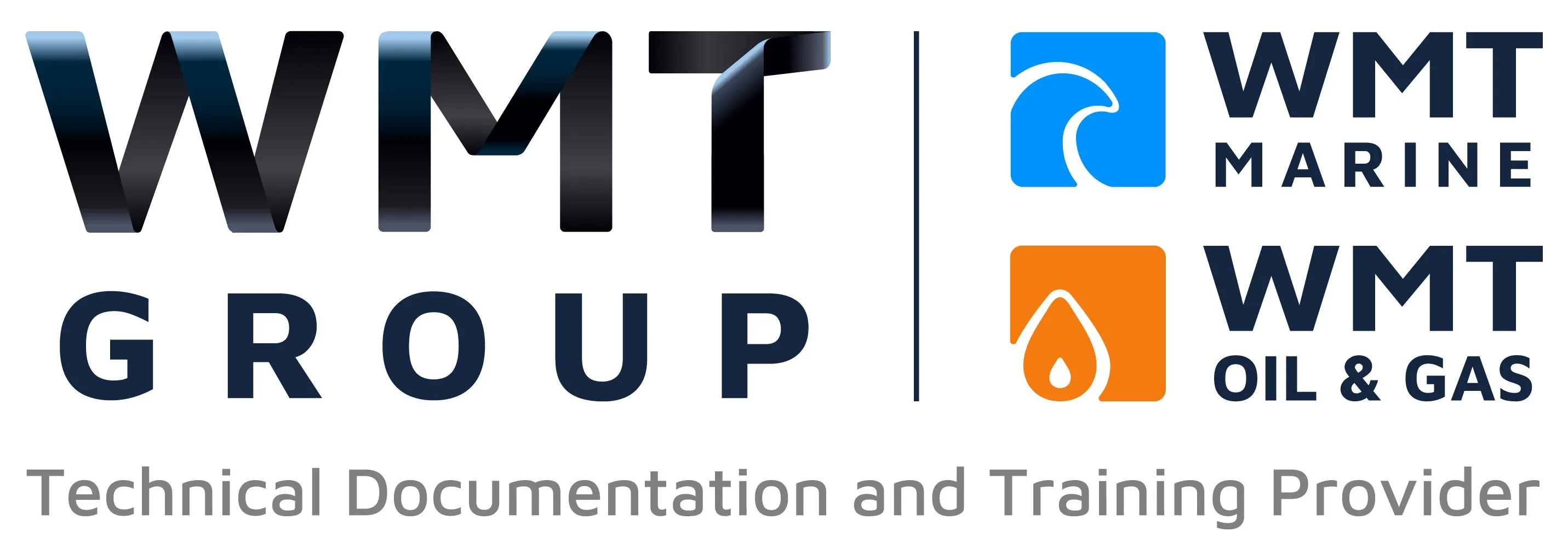Vessel Operation and Maintenance Manuals: A Complete Guide

In the maritime industry, proper documentation is the backbone of efficient and safe vessel operations. Among the most critical documents are vessel operation and maintenance manuals, which serve as comprehensive guides for crew members, operators, and technicians to ensure optimal performance and compliance.
This guide delves into the importance of these manuals, their key components, and how to ensure they are up to date and effective for your maritime needs.
The Importance of Vessel Operation and Maintenance Manuals
A vessel operation and maintenance manual is more than a technical document—it’s a roadmap for efficient and safe vessel management. Here’s why it’s essential:
- Enhanced Safety: Provides step-by-step instructions to mitigate risks and handle emergencies.
- Operational Efficiency: Optimises performance by offering best practices for operation.
- Compliance Assurance: Meets international and flag state requirements.
- Reduced Downtime: Streamlines troubleshooting and repair processes.
Key Components of Vessel Operation Manuals
An effective operation manual provides clear, detailed instructions tailored to the vessel's design and purpose. Common sections include:
1. General Information
- Vessel specifications (type, size, capacity).
- Manufacturer and builder details.
- Operational limits (weather, sea state, and load conditions).
2. Operating Procedures
- Start-up, navigation, and shut-down protocols.
- Manoeuvring and docking instructions.
- Emergency procedures for fire, flooding, or equipment failure.
3. Safety Guidelines
- Life-saving appliance usage.
- Firefighting systems and procedures.
- Hazardous material handling.
Key Components of Vessel Maintenance Manuals
Maintenance manuals focus on keeping the vessel in peak condition. Key sections include:
1. Preventive Maintenance Schedules
- Regular inspection routines for machinery, hull, and electrical systems.
- Frequency of servicing based on operating hours or calendar intervals.
2. Detailed Maintenance Procedures
- Step-by-step instructions for servicing critical systems like engines, propulsion systems, and HVAC.
- Replacement schedules for consumables (filters, lubricants, seals).
3. Troubleshooting Guides
- Common issues and diagnostic steps for resolution.
- Contact details for support teams or manufacturers.
Ensuring Your Manuals Stay Up to Date
As vessel systems evolve with upgrades or new regulations, your manuals must reflect these changes. Here’s how to keep them current:
1. Work with Manufacturers
Collaborate with equipment manufacturers to ensure all technical updates are documented.
2. Regular Audits
Conduct periodic reviews to ensure compliance with the latest regulations and industry standards.
3. Digital Upgrades
Leverage electronic formats for easier updates and accessibility for the crew.
Benefits of Comprehensive Vessel Manuals
Investing in thorough and accurate vessel operation and maintenance manuals delivers long-term advantages:
- Minimised Operational Risks: Clear instructions reduce human error.
- Extended Equipment Lifespan: Adhering to maintenance schedules prevents premature wear and tear.
- Cost Efficiency: Avoids costly repairs by detecting issues early.
- Compliance Confidence: Ensures readiness for inspections and audits.
How to Get Customised Manuals for Your Vessel
Every vessel is unique, and so are its operational needs. Collaborating with professional marine documentation providers can ensure your manuals are tailored to your vessel’s specifications, systems, and operational requirements.
Look for experts who:
- Have experience in drafting manuals for similar vessel types.
- Are well-versed in international and flag state regulations.
- Offer digital solutions for easier updates and crew training integration.
Conclusion
A well-prepared vessel operation and maintenance manual is indispensable for efficient, safe, and compliant maritime operations. By ensuring these manuals are detailed, up-to-date, and user-friendly, vessel operators can minimise risks, enhance performance, and maintain regulatory compliance with ease.
Investing in customised manuals is a smart decision for any shipowner or operator looking to ensure the long-term success of their maritime endeavours.
